4 Pop Culture Details You Never Even Knew Had Explanations
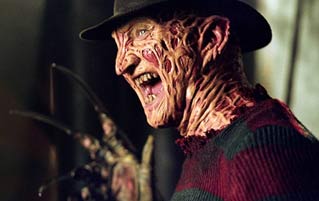
Art is a labor of love for its creators, be they writers, developers, directors, or focus groups of men aged 18-35. It begins with an artist painstakingly honing their idea -- spending countless hours outlining, refining, and drafting -- and it ends with them slapping a bunch of shit together the night before deadline, because procrastination is a seductive bitch goddess. But sometimes everything really does go according to plan, and a creator has both the time and the energy to pack their work full of subtle nuance and meaning ... which is almost always lost on their plebian audience. We're here to correct a few of those injustices ...
Flowers Give Away Harry Potter's Biggest Twist

Severus Snape is a dickhead of the highest caliber. In one of his very first interactions with Harry Potter, Snape tries to make the boy look foolish by asking a complex and random question Harry couldn't possibly know the answer to:
"Mr. Potter. Our new celebrity. Tell me, what would I get if I added powdered root of asphodel to an infusion of wormwood? You don't know?"
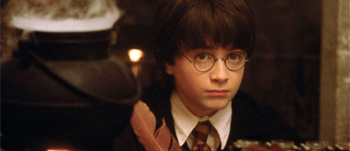
" Absinthe?"
Yes, this is obviously our evil jerk teacher, and we look forward to him being undone by his own hubris. Hubris -- it practically never helps a guy out.
Later, we learn that Snape didn't actually have it out for Harry. He was simply setting up the biggest plot twist since Kobayashi made a mug. But it wouldn't have been a twist if we -- and Harry -- had done our homework.
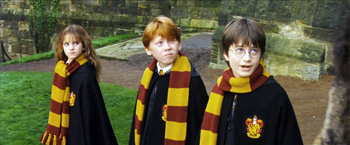
"Nah, I'd rather coast by on the hard work of my more talented friends."
To decode the words of the lovesick, melodramatic Snape, we must look to Victorian flower language, which is basically the Klingon of lovesick melodramatics. It assigns precise meanings to various flowers so that bouquets convey specific messages, from "I like you and here are some nice flowers" to "I'm sorry all your children have to work in a textile factory and here are some nice flowers."
First, asphodel connotes " My regrets follow you to the grave." That sounds a bit ominous, like it might be a coded threat, but wormwood plants mean " absence." When you note that asphodel is a lily -- Harry's mother's name was Lily -- Snape is actually telling Harry that he's heartbroken over Lily's death, that he loved her, too, and he also feels her absence. It's not Snape's fault that he has resting wizard bitch face and Harry doesn't know jack about flowers.

"When you're the Chosen One, you don't need to know shit."
Freddy Krueger's Goofy Sweater Is Scientifically Formulated To Creep You Out

Few horror movie villains have had the cultural impact of Freddy Krueger. He's haunted everything from films to board games, action figures, and even a novelty rap video.
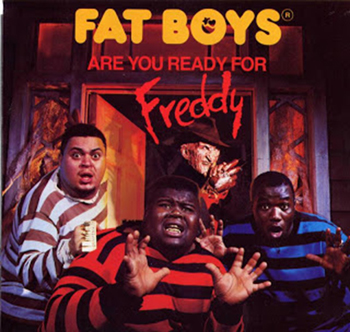
"Oh no! Our careers!"
Sure, a lot of Freddy's design is just "scary things slapped together" -- disfigurement, big claws, horrible puns. But his goofy Christmas sweater, surprisingly enough, has deeper origins. During production, director Wes Craven remembered an article in Scientific American that said red and green, when placed close together, were the most difficult color combination for the human eye to resolve. So Freddy's obnoxious fashion choices are actually meant to have a subconsciously unsettling effect on the audience. It's his single most important theme: Kreuger shape-shifts into many other forms, some of them disturbingly hatless, but his red-green color scheme is always present.
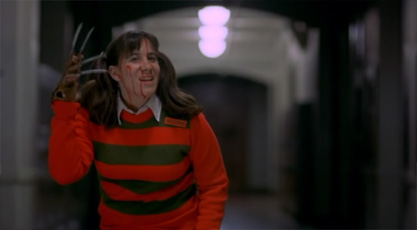
A Video Game Character's Blood Type Told You All About Them

Remember back in the good old days, when video games came with a manual, and dinosaurs roamed the Earth looking for the last green valley? If you do recall those grim times, back when human beings had to reap information from paper like primitive savages, you might recall the odd choice to include the blood types of characters in said manuals.
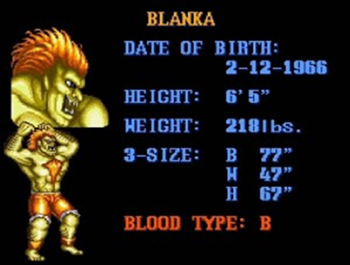
Actually, we're more concerned about his severe jaundice.
W-why? To help us fantasize about their inevitable blood transfusions after the "Game Over" screen?
Height, weight, and age are all the basic stats we need to relate to our characters, as well as to set unrealistic body standards for young street fighters everywhere. So what's the deal with the blood types? They actually make perfect sense ... to Japanese culture.
Much like astrology in the West, one's blood type is said to predict certain personality traits in Japan. Type As, like Resident Evil's Leon Kennedy, are said to be patient but stubborn, whereas Type Bs, like Street Fighter's Dhalsim, are said to be creative, but unforgiving.
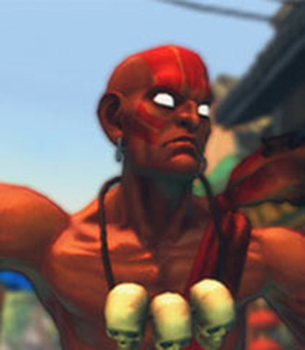
Meaning he made that necklace out of the skulls of his enemies with some craft supplies he had laying around.
By including blood types, the player had at least some indicator of the character's personality, back in an age when developers had about six pixels to convey every possible emotion.
The Count From Sesame Street Is Based On Ancient Vampire Lore

Big Bird, Elmo, Kermit, Bert, Ernie, and a bloodsucking parasite that lives eternally by stealing the lives of its victims. One of these things is not like the others. One of these things just doesn't belong ...
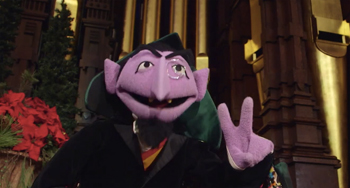
"VONE pile of exsanguinated child corpses, ha ha ha! TWO piles of exsanguinated child corpses, ha ha ha!"
Have you ever wondered why Sesame Street chose to make their number-obsessed character a vampire? Of course you haven't: They clearly modeled Count Von Count on Count Dracula because it's a fun little play on words. He's a count who loves to count!
But wait, preschoolers are just as likely to know the count of Monte Cristo as they are to know Count Dracula, so why choose the vampire? After all, Big Bird is clearly a mad scientist's experiment gone wrong -- a freak struggling to prove his humanity -- but they didn't model him after Frankenstein's monster.
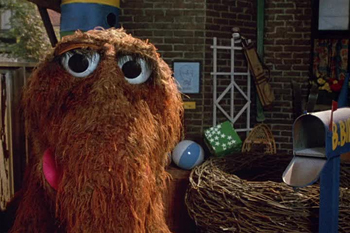
Though Snuffleupagus was inspired by the failed Ripley clones.
Because Sesame Street's Count is actually a reference to ancient vampire lore. You're probably already aware of a vampire's main weaknesses -- crosses, garlic, holy water, mopey and charmless teenage girls -- but the really old stories list another: handfuls of seeds or rice.
See, vampires were believed to be obsessed with numbers, and they couldn't help but count any group of small objects you tossed in their path. Today, we would call behavior like this OCD, but in medieval Eastern Europe, they just called you an unholy monster of the night, staked you, and were done with it.
The Count's counting compulsion now makes complete sense. Honestly, the denizens of Sesame Street constantly throwing numbers at him is probably the only thing staving off a horrific murder spree.
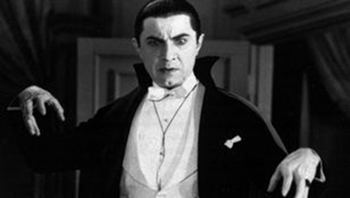
"I vant to suck your blood and then vash my hands 23 times!"
For more pop culture knowledge you could ever possibly wish for, check out 6 Pop Culture Mysteries That Were Solved By Fans and 6 Mind-Blowing Pop Culture Questions Answered By Super Fans.
Subscribe to our YouTube channel, and check out 7 Needlessly Elaborate Tributes To Pop Culture, and other videos you won't see on the site!
Follow us on Facebook, and let's be best friends forever.